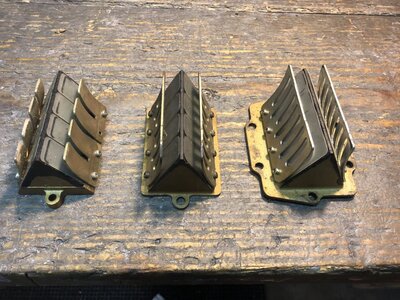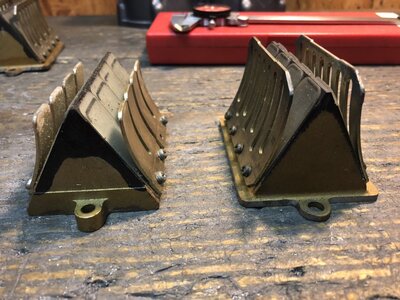Is this a common problem with Yamaha's? I don't recall seeing that happen
to a Kawasaki before. Is that something you have seen on MX bikes, I have
seen an engine builder regularly cut the cylinders to move the reeds forward.
Bill M.
I wouldnt necessarily call it a problem? It is common on both Kawasaki and Yamaha watercraft that have been modified, or altered using aftermarket intakes. I cant speak for MX bikes, as I dont have background in them.
I come from Modified outboard racing prior to getting into skiis. The practice of altering cases for bigger reed blocks, large carbs ect , and moving them for better flow is a regular operation for many motor shops, mine included. The reeds are a wear item. In pro level race skiis, where stage V porting is the norm, changeing out reeds after every race weekend. Even pro level freestyle skiis get torn down for full rebuilds on regular basis. Far more ofter than a weekend warrior would even dream of doing. General rec riders are looking to get full seasons plus before rebuilds.
So a degree of give and take needs to be applied. Personally, I would never, or better stated, rarely ever, recomend carbon reeds to a weekend, freerider, or freestylist. They just dont have the life span for that type rider
IMHO a good set of glass reeds gives much more consistant, long lasting performance, at a more reasonable price point. Then again, there is that 1% who have to have the best of the best....... at any cost!
Ski ya, Paul



